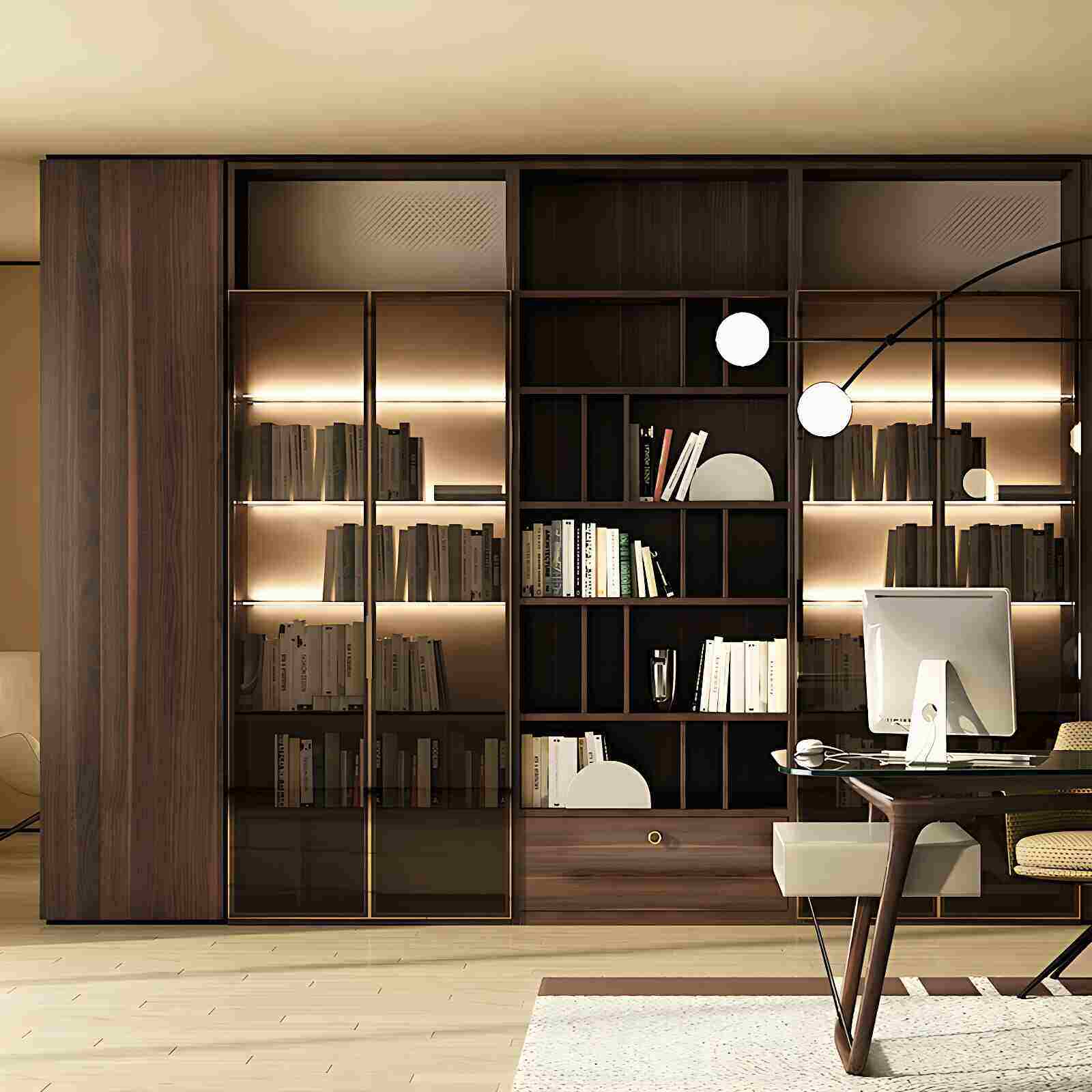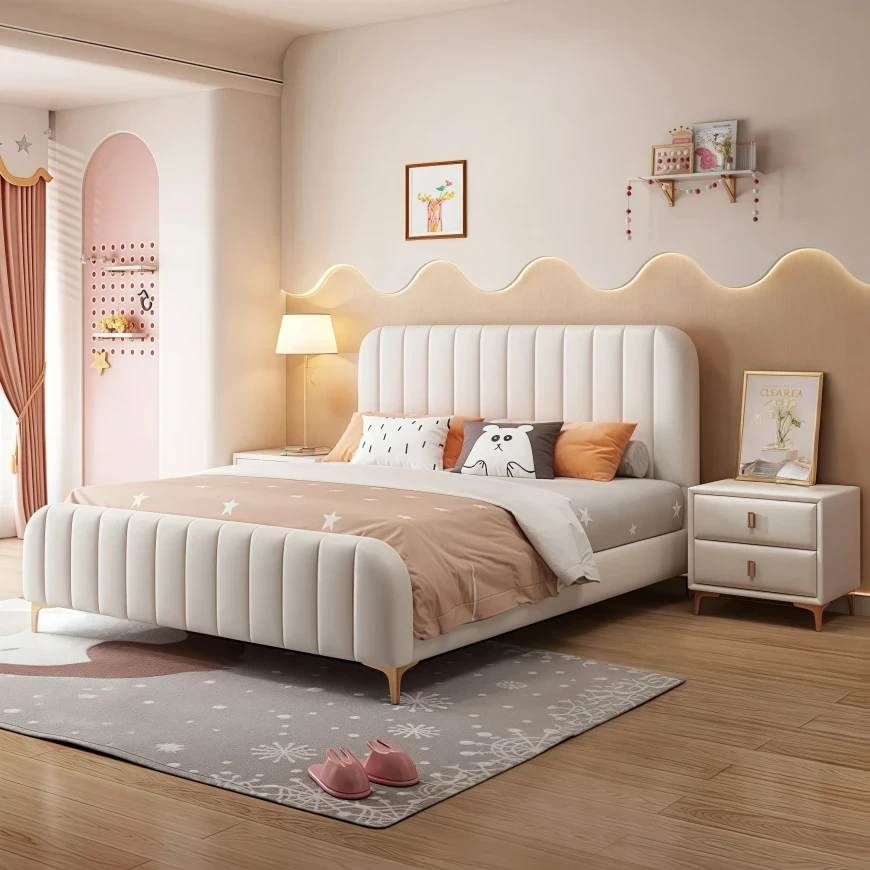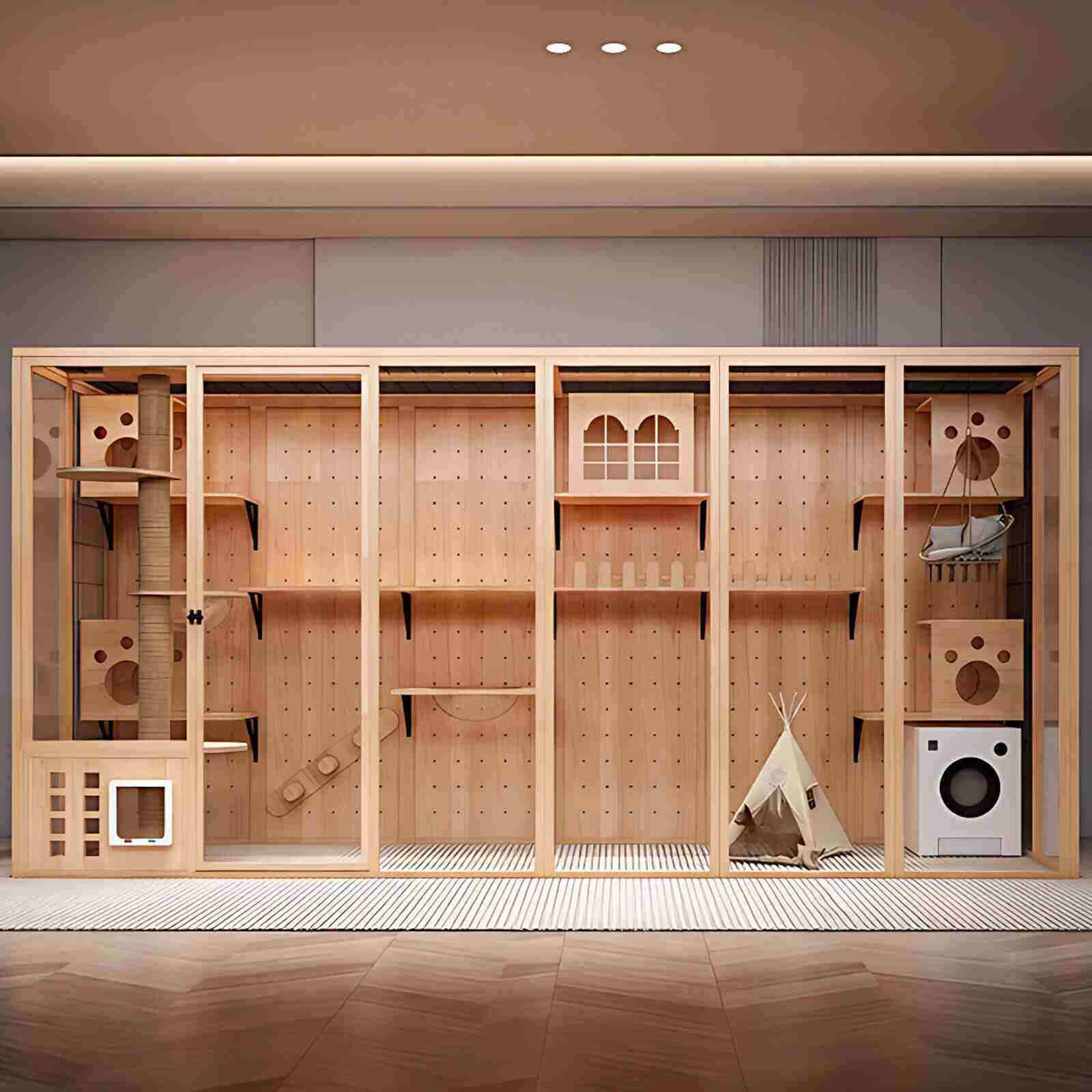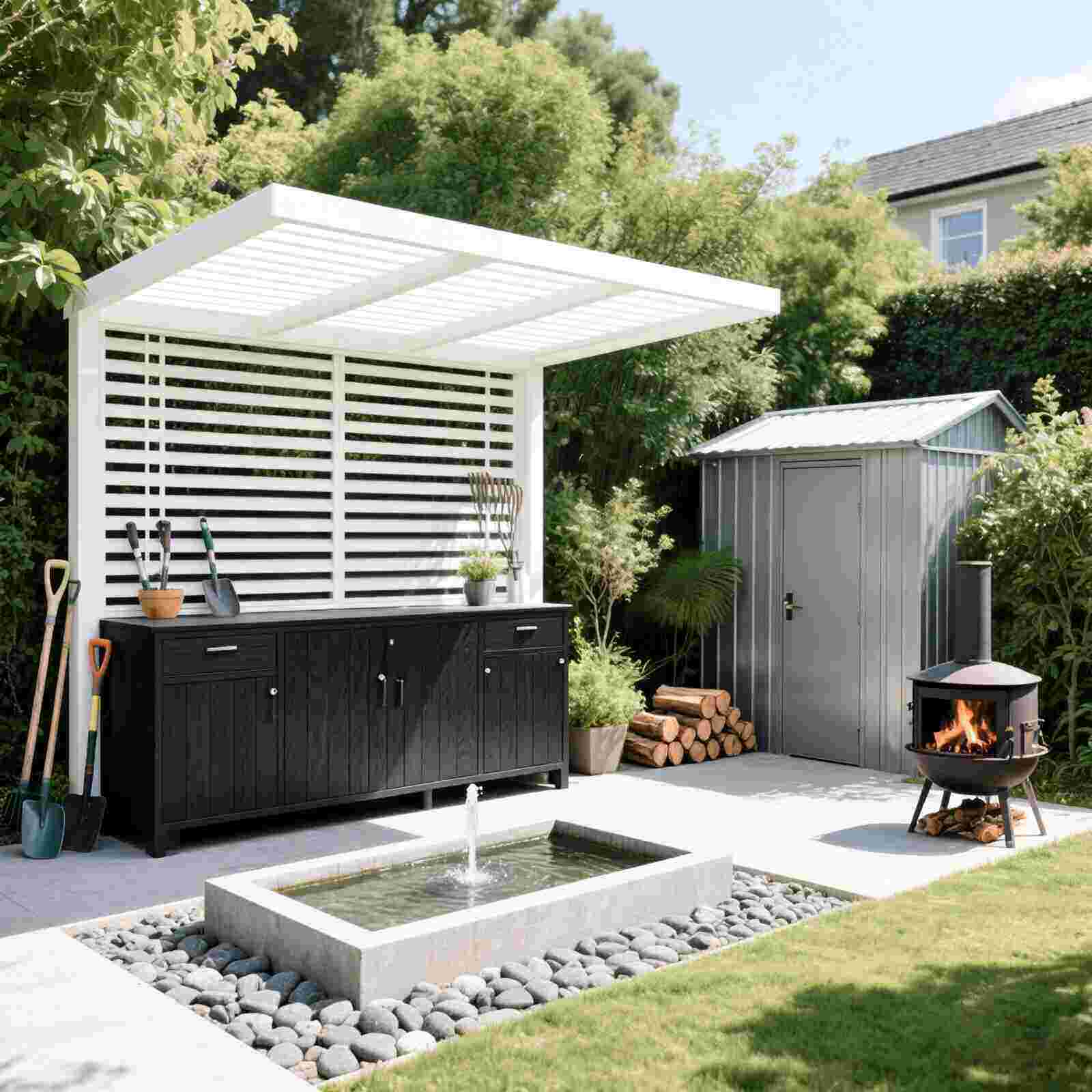Someone once joked that "if you work with Canadian softwood lumber and don't know what 'Shop' grade means, it's like someone working with American hardwoods not knowing what 'FAS' grade means, or someone working with radiata pine not knowing what 'KI' grade means..." So what exactly does "Shop" grade mean? Let's quickly find out!
1. In the National Board Grading Standard (NLGA) of Canada, the shop grade is originally defined by the amount of defect-free door and window material produced (it has now been extended to various occasions where knot-free clear cutting is required), so there is a concept called "clear cutting".
2. What is "cleaned saw block"? It refers to cleaned wood without obvious defects after removing defects, and whose dimensions meet the following requirements (those that do not meet the length requirements are not counted):
-- Boards with a width of 5" (127mm) or less must be taken in the entire width direction and have a length of 3" (915mm) or more.
-- Boards with a width of 127mm to 235mm must be at least 127mm wide and at least 915mm long.
-- Boards wider than 235mm and longer than 457mm
3. Processed-grade boards are divided into two main categories based on thickness. Then, the concept of "clean wood sawn blocks" is applied to the different quality materials below to derive the corresponding grades.
The first category: thickness greater than 3" (including 3"), known in the industry as "flitch", is divided into two grades:
We envision longitudinally slicing this type of material into 1” thick plates (like the one below), then laying them out and removing defects.
If more than 80% of the "cleaned saw blocks" are 2 inches or longer, and 40% of the "cleaned saw blocks" are 7 inches or longer, it is called "factory flitch" (FF); if more than 60% of the "cleaned saw blocks" are 2 inches or longer (without a limit on how many longer pieces of timber can be produced), it is called "shop flitch" (SF).
The second category, with a thickness of less than 3 inches, is referred to in the industry as "boards," and is further divided into four grades in terms of processing quality:
Select shop – offers 70% "clean lumber saw blocks"
#1 shop – Produces 1/2 to 70% "clean lumber saw blocks"
#2 shop – Produces 1/3 to 1/2 size “clean lumber saw blocks”
#3 shop – Offers 10% "clean lumber saw blocks" plus over 50% "small clean lumber saw block combinations".
(Specific dimensions are)
(Length 64mm/89mm/114mm*711mm or more)
4. In actual factory processing and grading, products are often not classified according to the above grades, but rather by a "combination" of several grades. A common approach is...
--#2 shop and better – Upstream products select long, knot-free timber; downstream products select #3 shop and below.
--85/15 shop –
Select a combination of shop / #1 shop / #2 shop, but #2 shop shall not exceed 15%.
--2/3 shop – #2 shop / and #3 shop combination (which is the next level after 85/15 shop above)
--Factory Select Shop – Shop-grade lumber capable of producing a 7-foot or larger clear lumber block
--FF through D-clear – factory flitch to D-grade clear material combination (abbreviated as "DFF")
-- "Modified Shop" – Custom processing of the size and quantity of "clear saw blocks" according to the specific knot-free dimensions required for the final product.
5. The "shop" grade is commonly used to classify the following tree species: Hemfir, Douglas fir, Western red cedar, and Yellow cedar.

 USD
USD
 GBP
GBP
 EUR
EUR



































